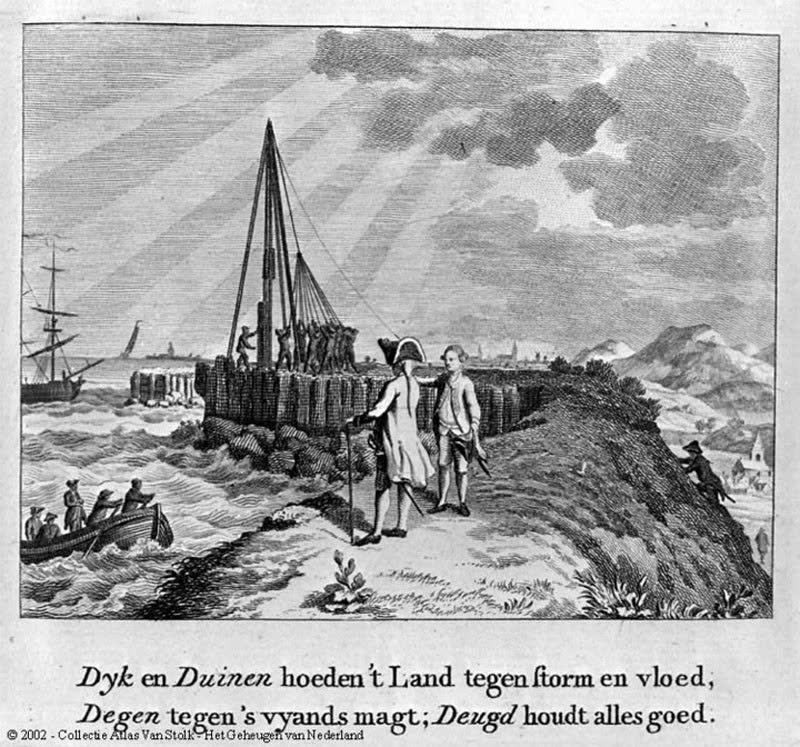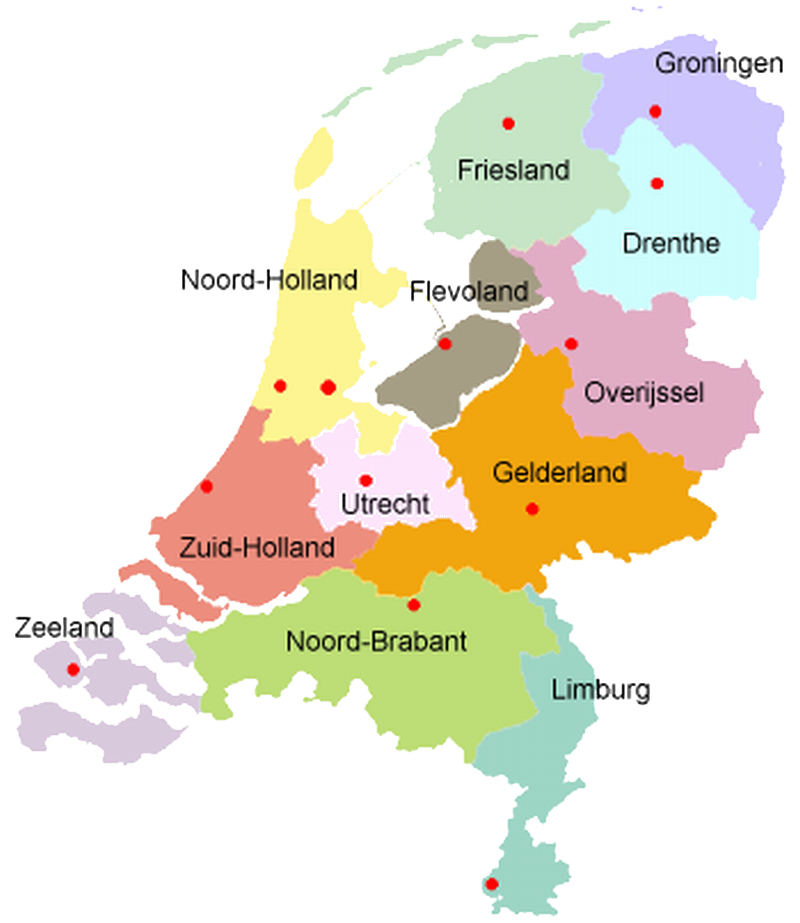HondsbosschE
Zeewering
The Hondsbossche Zeewering is a 5.5 km long dike near Petten, at a place where a storm surge in the Middle Ages broke through the original dunes. The Hondsbossche Zeewering has a long history of storm damage and dyke repair.
The current dike body has been there since 1880 and has been raised and widened several times since then. Due to the continuous erosion of the adjacent dunes, the seawall has increasingly come to lie in the sea. Coastal defense measures such as sand nourishment are intended to strengthen the sea defenses and guarantee safety.


In the Middle Ages, the coast at Petten consisted of a strip of dunes that lay a kilometer west of the present coast.
In the 15th century, the Saint Elizabeth flood in 1421 caused a breach that swept away a large part of the dune strip.
In the 16th century, the shifting of the dune strip was stopped by the construction of piles along the coastline, as sheeting to protect the foot of the dune strip, and beach heads (breakfasts that protrude into the sea at right angles to the coastline). These fortifications could not prevent a breakthrough during the very heavy storm surge of 1570 (All Saints’ flood).
The long-term solution chosen in 2012 consisted of reclaiming 20 million cubic meters of sand off the coast.
It can be compared with the sand motor off the coast of South Holland, also in terms of volume. Work started in 2013.
Over a distance of 8 kilometers 35 million m3 of sand has been sprayed on at the Hondsbossche and Pettemer Zeewering. The coastal defenses of North and South Holland will be back in order for the next 50 years. 10 million people in the Randstad are safe thanks to these projects
A dike has a dike revetment to prevent the dike from being damaged by waves or currents. Usually, the dike revetment consists of a stone-like material, but a revetment of grass on a clay package can also suffice in many cases. Dike revetments can consist of loose-grained material (e.g. hydraulic engineering stone), blocks (of natural stone or concrete) or sheet revetments (e.g. asphalt).
Placing natural basalt (stone setting) is heavy work and difficult to automate. In addition, the quarries in the vicinity of the Netherlands are exhausted or are located in nature reserves. That is why nowadays mainly use is made of concrete blocks. Natural basalt columns are only used for the restoration of existing natural basalt slopes and in those cases where appearance plays an important role (eg around historic buildings). Moreover, there are very few stone setters who can place a good slope of natural columns.










